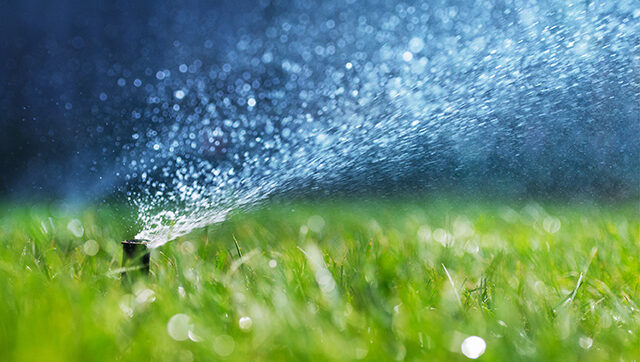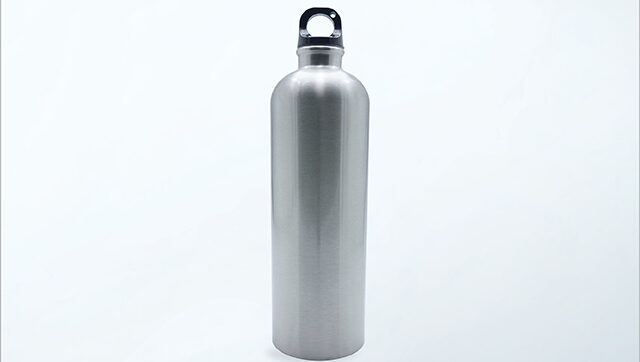Did you know that inside your home could be five times more polluted than outside? So, don’t just let your yard sit there like a pretty picture while you spend summer inside watching Adam Sandler movies. Your yard can (and should!) transform your home in many ways. Yards improve our quality of life–they’re a place for spending time outdoors and breathing fresh air; they can bring an array of beautiful birds and wildlife; and a yard can boost your property value. But, grassy lawns can use far too much fresh water. Read on for tips on greening your lawn with less water.
How to Maintain a Green Yard, Naturally
Plant a garden. While your fruits and veggies will still need water, you’ll be reducing your dependence on fossil fuels from driving to the supermarket (and ever notice how grocery stores are constantly using sprinklers on the produce there?). Plus, what’s more beautiful than a bountiful garden full of edible colors and shapes that taste way better than supermarket offerings and look far more interesting than grass anyway? (See “6 Tips for Creating a Sustainable Yard” to learn more ways to create a sustainable outdoor space.)
Plant succulents and indigenous plants. That means if you live in Arizona, maybe a green grassy lawn should be replaced with a cactus haven, which needs less water. Drought-tolerant grasses, ground covers, shrubs and trees don’t need to be watered as often as non-native plants, and they can survive dry periods without watering.
Do all of your watering in the coolest parts of the day, such as early morning or before bed to reduce evaporation. You’ll need to water less.
Especially helpful for new homeowners: Preserve what’s already there. Established plants will adapt to lower water conditions. Trees provide natural shade and can significantly improve the value of your home. Work with the texture and terrain of your yard and you might be really grateful that you didn’t chop it all down for plain old grass.
Adding compost to your soil, such as mulch, will improve its water-holding capacity by keeping moisture in and preventing erosion, soil compression and those dreaded weeds.
If you have grass and don’t see replacing it anytime soon, raise your lawnmower cutting height. Taller grass provides shade, which decreases evaporation. You can also use a timing device that will encourage efficient, scheduled watering that’s best for the landscape.
Supplement your water by installing a grey water system from your washer or a rain catchment system, and collect the cold water from your shower as it heats up. Every drop counts!




This Post Has 0 Comments